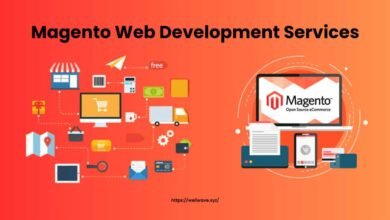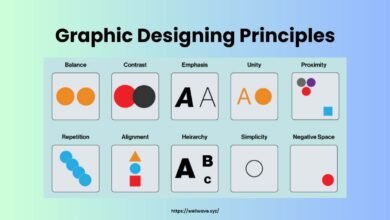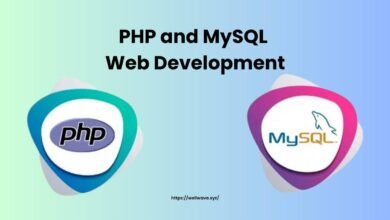Digital Literacy and Education: Key to Success in 2025
Digital Literacy and Education
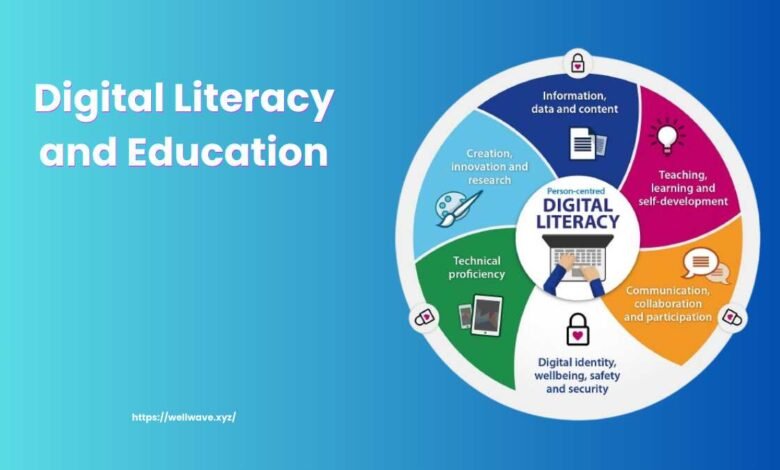
Table of Contents
Digital Literacy and Education, Digital literacy definition is considered as the foundation stone of modern education in today’s fast-paced digital world. What is digital literacy? Digital literacy includes computer skills and knowledge that give a mastery over information navigation, evaluation, and creation using digital technologies. It is not about how to use a computer or smartphone; it is more of knowing how to use the tools to make learning easier and solving problems. Increased digitization in our society puts no stone left unturned; there is just no way that one can downplay the importance of digital literacy in education123.
Development of Digital Literacy
Beginnings
It can be traced back in the latter part of the 20th century when computers were first introduced into the classrooms. Typing and applications of the software were the most basic skills. That early endeavor laid a foundation for this greater depth in understanding that currently is known through digital literacy.
Digital Literacy and Education in the 21st Century
Now, in the 21st century, it is deepening that the skills of digital literacy really evolve. It today encompasses not only the ability but also critical thinking that actually evaluates digital content and creativity to produce new digital media. This change reflects the changing nature of our digital world where importance grows on digital literacy in any perspective.
Follow Us: Well Wave
Core Components of Digital Literacy and Learning
Information Literacy
This very foundation means that if lots of data is floating in the air, then one must learn how to distinguish between information which is dependable and that which is not. It is exactly on this very foundation that a student needs to achieve an academic end or become a more informed citizen.
Media Literacy
This would include the interpretation of messages in different media formats and a recognition of prejudices and falsehoods. Media literacy will make the student an informed information consumer.
Communication Literacy
Communication literacy refers to the ability of communicating with adequate digital tools. From etiquette in email to a more subtle engagement of social media, this involves getting along well with what is going on through the application of good literacy skills. Good communication literacy skills have been highly valued for both personal and professional success in this digital era.
Technological Literacy
Technological literacy is the knowledge and appropriate application of technology tools. This includes the use of hardware and software to know why these technologies work the way they do. Technological literacy enables students to tap technology and solve novel approaches to problems.
Role of Digital Literacy & Education
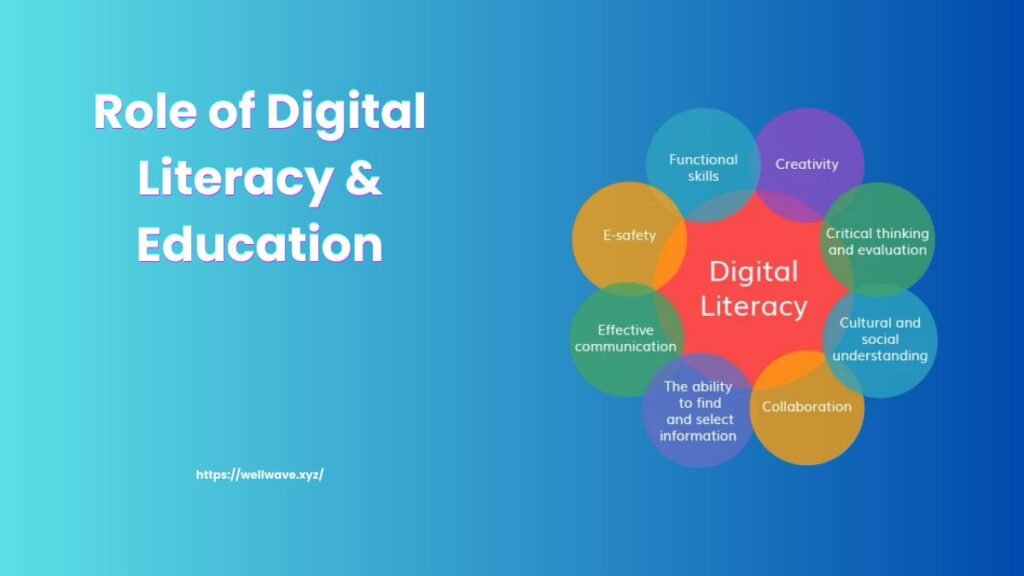
Improved Learning Experiences
Digital literacy & education is consider an element that change people’s experiences in the old ways of approaching learning through interesting interactions ways.
Virtual reality, learning apps, and online resources are some of the ways of learning in terms of change in previous traditions.
Digital literacy promotes critical thinking
This means that when students encounter various information, it is essential for them to have a critical sense of mind and know how to analyze the source’s credibility as well as one’s own views on the matters. Analytical thinking is of much importance to succeed in both academic and professional levels.
Workforce Preparation
Digital literacy will integrate into education and help prepare students better for the workforce. From basic computer skills to advanced technical knowledge, digital literacy meaning prepares students to face the demands of modern careers.
Challenges in Integrating Digital Literacy and Education
Access to Technology
There’s promotion, which the largest challenge this presents because it requires a teacher to provide for equal access by technology. Essentially, this holds when a learner cannot access simultaneously both a gadget and the Internet. Such an electronic divide that a teacher ought to cross; Training and professional development for the teachers
The teachers are the principal creators of the growth of digital literacy in the students. However, most of the teachers are not prepared and do not have all the provisions for effective delivery in digital literacy. This calls for key professional development with resources for delivering teaching.
Curriculum Development
Comprehensive digital literacy to be included in the curricula. This is a complex exercise and should be approached with caution. Schools should append the obligatory comprehensive digital literacy skills in the curricula and implement it within subjects and grades. It would take ages and may prove complex.
Promotion Strategies
The classroom incorporates technology.
Using educational technology in daily activities of the classrooms-educational softwares, an interactive whiteboards, and some other digital gadgetry that enhances learning will bring one of the best ways out to encourage their digital literacy.
Investment for Educator Development
Professional teaching development is always the basis or the foundation needed for digital literacies to get effectively implemented. Workshops or training sessions including online courses all help arm those educators with any new digital devices and teaching tricks.
Promotion of Student Involvement and Participation
One of the major ways through which digital literacy & education can be promoted is by the involvement of the students. This becomes meaningful and even more interesting to the learner if participation in project-based learning is combined with other curriculum-based interactive activities that foster cooperation, creativity, and critical thinking.
Case Studies in Action
Case study 1: How an Elementary School Did It
The first approach taken by the primary school is the “tech club,” wherein the students are taught coding, robotics, and digital storytelling. It helped enhance the digital skills of the students as well as raise their confidence and creativity.
Case study 2: Success in a Secondary School
A one-to-one device program was initiated in a high school where every student received a tablet. It included the training of both teachers and students, which enhanced their digital literacy skills and improved academic performance. These are also counted as digital literacy examples.
Future Trends in Digital Literacy and Education
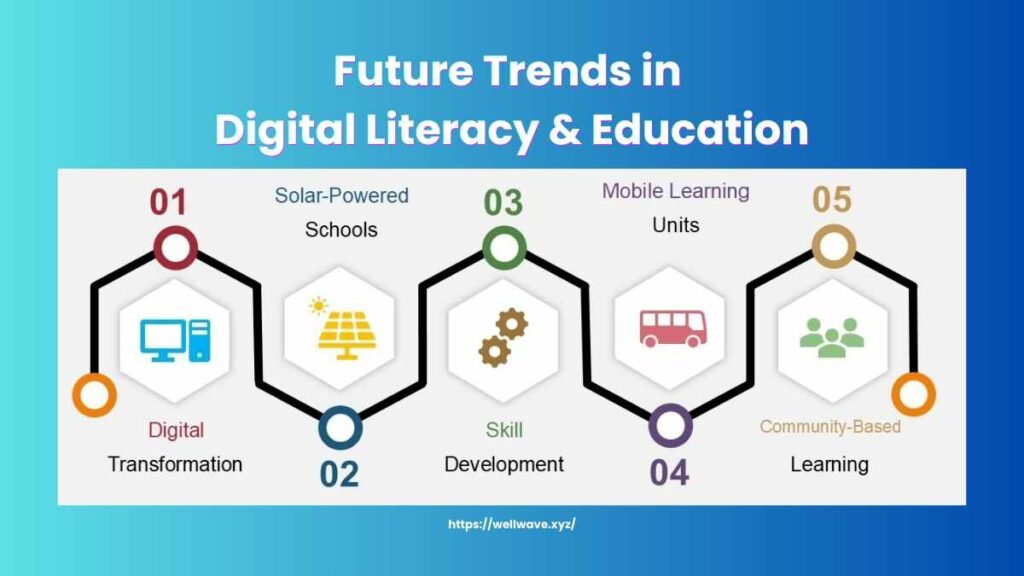
Emerging Technologies
This changing landscape of the digital world brings new, even more innovative tools and platforms along with it for the continuous redesign of digital literacy. Some emerging technologies include AI, virtual reality, and blockchain, which have the potential to significantly change the realm of education as well as that of digital literacy in the upcoming decade.
Need for Cyber Education
Now that digital threats are emerging, cybersecurity education goes hand in hand with digital literacy. Students need to be informed on how to protect their personal information and remain safe on the internet for their own good in this ‘new age of ‘digital”.
As technology keeps on filling all the nooks and corners of our lives, the importance of digital literacy will continue to go higher on the educational concerns. Once marked by the basics, the recognition of problems, and taking practical measures, the instructors can empower their students to get them ready to thrive in this competitive 21st century.
Frequently Asked Questions
1. What actually is digital literacy and is it important?
Digital literacy means the use of technology to access, assess, and create information-essential skills for learning and workforce preparation.
2. How do schools encourage digital literacy?
Schools can do this by providing access to technology, providing coding courses, and project-based learning.
3. What components are considered as key elements of digital literacy?
Information, media, communication, and technological literacy compose the foundation upon which the digital literacy in education stands.
4. What are the implications of the educator in teaching digital literacy?
Pedagogues struggle in unequal access to technology, insufficient training, and integrating it into curricula.
5. How does this prepare students for the future?
Equips students with critical thinking, creativity, and adaptability to the demands of changing technologies and workforce demands.
Read More: Regularizer Machine and Deep Learning

